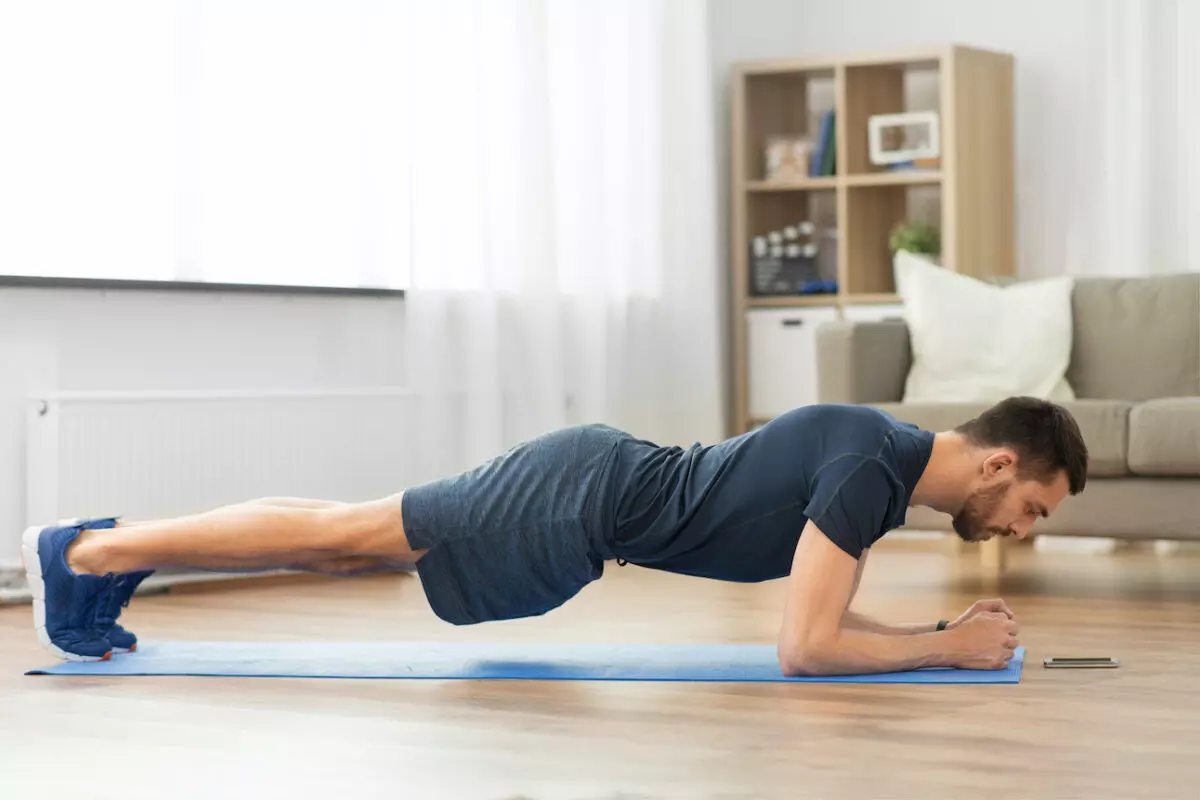
Short, intensive activity bursts associated with lower risk of cancer: Study
text_fieldsAccording to a study, just 4-5 minutes of strenuous movement that causes people to gasp for air while performing regular duties can reduce the risk of various cancers by up to 32%. Over 22,000 'non-exercisers' were tracked through wearable devices every day as part of the study, which was published in the journal JAMA Oncology.
Researchers at the University of Sydney in Australia then followed the group's clinical health records for close to seven years to monitor for cancer.
They found that four to five minutes of vigorous intermittent lifestyle physical activity or 'VILPA' was associated with a substantially lower cancer risk compared to those who undertook no VILPA.
Short bursts of activity -- around one minute each -- includes activities like vigorous housework, carrying heavy shopping around the grocery store, bursts of power walking or playing high-energy games with the kids.
Adults who don't exercise are at increased risk of developing certain cancers like breast, endometrial or colon, but until recently the impact of less structured forms of vigorous physical activity was unable to be measured, the researchers said.
"We know the majority of middle-aged people don't regularly exercise which puts them at increased cancer risk but it is only through the advent of wearable technology like activity trackers that we are able to look at the impact of short bursts of incidental physical activity done as part of daily living,” said lead author Professor Emmanuel Stamatakis.
"It is quite remarkable to see that upping the intensity of daily tasks for as little as four to five minutes a day, done in short bursts of around one minute each, is linked to an overall reduction in cancer risk by up to 18 per cent, and up to 32 per cent for cancer types linked to physical activity," Stamatakis said.
In a study sample of 22,398 people with an average age of 62 who did not exercise in their leisure time, the researchers found 2,356 new cancer events (1,084 in physical activity-related cancer) over an average follow-up of 6.7 years.
A minimum of around 3.5 minutes of daily VILPA was associated with up to 18 per cent reduction in cancer incidence, they said. About 4.5 minutes of daily VILPA was associated with up to 32 per cent reduction in physical activity-related cancer incidence, according to the study.
The steepest gains in cancer risk reduction were seen in people who did small amounts of VILPA compared to those who did none, however, benefits continued with higher levels of daily VILPA -- particularly for physical activity-related cancers.
The study is observational, meaning it is not designed to directly explore cause and effect.
However, the researchers saw a strong link and refer to previous early-stage trials showing that intermittent vigorous physical activity leads to rapid improvements in cardio-respiratory fitness, which may provide a possible biological explanation for reduced cancer risk.
Other likely contributors include physical activity's role in improving insulin sensitivity and chronic inflammation, they said.
"We need to further investigate this link through robust trials, but it appears that VILPA may be a promising cost-free recommendation for lowering cancer risk in people who find structured exercise difficult or unappealing," Stamatakisa added.
With PTI inputs
























